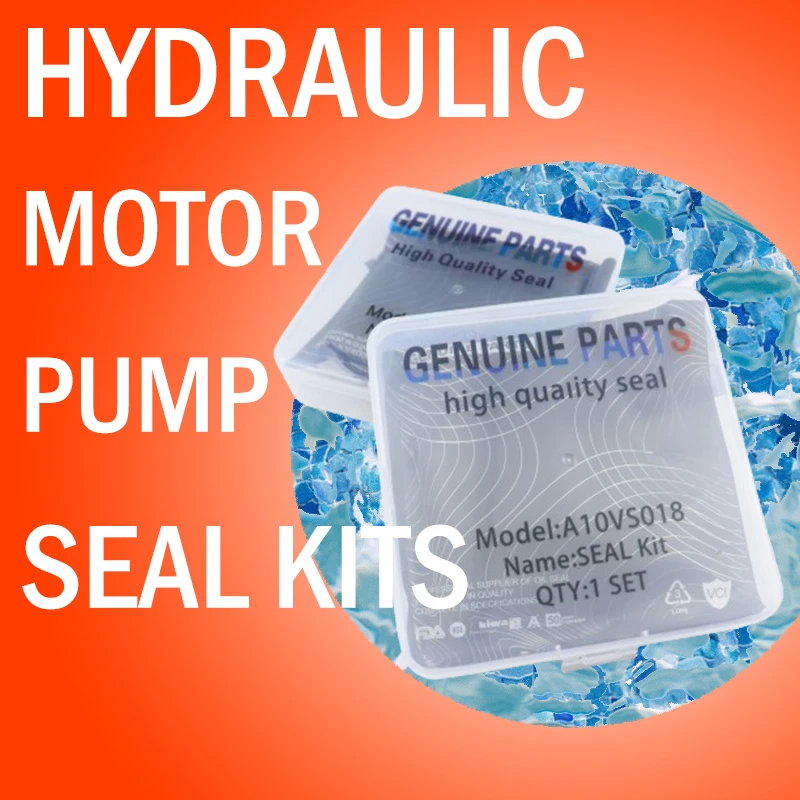دېكابىر . 05, 2024 14:45 Back to list
hydraulic floor jack seal kit
Understanding Hydraulic Floor Jack Seal Kits A Comprehensive Guide
Hydraulic floor jacks are essential tools for anyone who works on vehicles or heavy machinery. They provide the necessary lifting power to raise heavy loads with ease, allowing for routine maintenance, repairs, or tire changes. However, like any mechanical device, hydraulic jacks can experience wear and tear over time, particularly on the seals that ensure the hydraulic fluid stays contained. This is where a hydraulic floor jack seal kit comes into play.
What is a Hydraulic Floor Jack Seal Kit?
A hydraulic floor jack seal kit is a collection of seals, O-rings, and sometimes gaskets that are designed to fit a specific model of a hydraulic jack. These components play a crucial role in maintaining the jack's functionality. When the seals become worn or damaged, they may lead to leaks, resulting in diminished lifting capabilities and potentially unsafe operating conditions.
Importance of Seals in Hydraulic Jacks
The working principle of a hydraulic jack relies heavily on the conversion of force via hydraulic fluid. The seals maintain the pressure needed for effective lifting and prevent hydraulic fluid from leaking out. A properly sealed hydraulic system operates efficiently, allowing for quick lifting and lowering of loads without the risk of accidents caused by fluid leaks. Therefore, keeping these seals in good condition is essential for the jack’s performance and safety.
Signs of Worn Seals
There are several indicators that your hydraulic floor jack seals may need replacement
1. Visible Leaks If you notice hydraulic fluid pooling beneath the jack, this is a clear sign that the seals are compromised. 2. Reduced Lifting Power Difficulty in lifting loads may indicate that hydraulic fluid is seeping out, indicating the need for new seals. 3. Unusual Noises Grinding or hissing noises during operation can signify air entering the hydraulic system due to worn seals.
4. Inconsistent Lifting If the jack raises and lowers erratically, it could be a sign of loss of hydraulic pressure due to damaged seals.
How to Replace Hydraulic Seals
hydraulic floor jack seal kit

Replacing the seals in your hydraulic floor jack might seem daunting, but with the right tools and instructions, it can be a straightforward process. Here's a step-by-step guide
1. Gather Tools and Materials You’ll need a hydraulic floor jack seal kit, wrenches, screwdrivers, a clean cloth, and a container for any residual fluid.
2. Disassemble the Jack Start by releasing any remaining pressure in the jack. Use the wrenches to dismantle the jack, keeping track of the order of parts for easy reassembly.
3. Remove Old Seals Carefully take out the old seals from their grooves. Make sure to note their positioning.
4. Clean the Components Use a clean cloth to wipe down the inside of the jack and the components. Remove any old fluid and debris.
5. Install New Seals Place the new seals in the same position as the old ones. It’s crucial to ensure a proper fit to avoid future leaks.
6. Reassemble the Jack Once the new seals are in place, reassemble the jack by reversing the disassembly steps.
7. Test for Leaks After reassembly, pump the jack a few times to build pressure, then check for any signs of leaking.
Conclusion
Maintaining the seals in your hydraulic floor jack is vital for the safe and efficient operation of this indispensable tool. A hydraulic floor jack seal kit allows you to extend the life of your jack and ensure it operates at peak performance. With a little know-how and the right tools, you can replace worn seals and keep your hydraulic floor jack in excellent working order. Regular maintenance checks will save you time and money, ensuring you can tackle any job with confidence. Whether you are a DIY enthusiast or a professional mechanic, understanding the importance of hydraulic seals is a key aspect of ensuring safety and functionality in all lifting operations.
-
TCN Oil Seal Metal Ring Reinforcement for Heavy Machinery
NewsJul.25,2025
-
Rotary Lip Seal Spring-Loaded Design for High-Speed Applications
NewsJul.25,2025
-
Hydraulic Cylinder Seals Polyurethane Material for High-Impact Jobs
NewsJul.25,2025
-
High Pressure Oil Seal Polyurethane Coating Wear Resistance
NewsJul.25,2025
-
Dust Proof Seal Double Lip Design for Construction Equipment
NewsJul.25,2025
-
Hub Seal Polyurethane Wear Resistance in Agricultural Vehicles
NewsJul.25,2025
-
The Trans-formative Journey of Wheel Hub Oil Seals
NewsJun.06,2025
Products categories
















